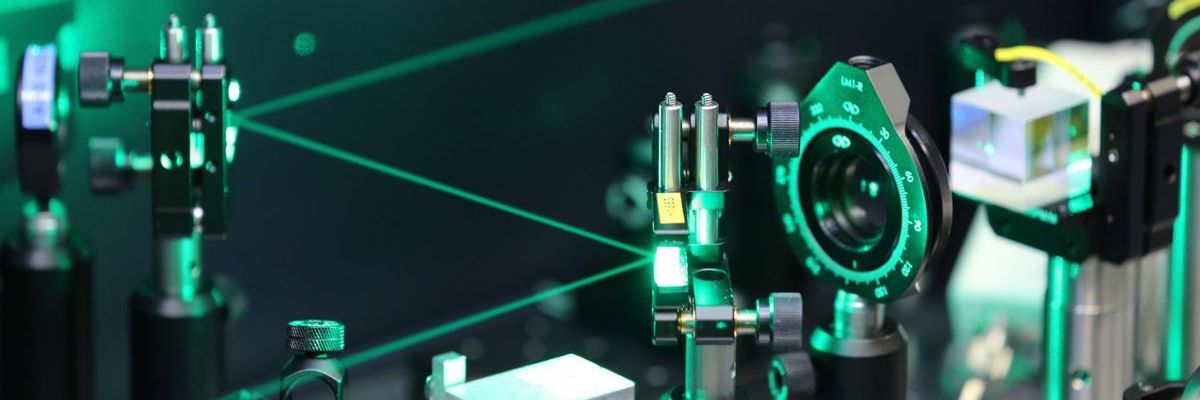
Two Czech laser centres celebrate 10th birthday
12. 10. 2021
It was ten years full of hard work, but now, there are two Czech laser centres belonging among the global leaders in the field of laser technology. HiLASE Centre and ELI Beamlines, both being parts of the Institute of Physics of the Czech Academy of Sciences, have many reasons to celebrate. They have successfully linked the fields of development, research, and high-tech industry, and within their first decade of existence, they achieved 5 world records.
Lasers are a common part of people’s lives, maybe even more than we realize. They are used in various fields of medicine and industry – not only for cutting, but also for applying protective layers to materials, and also in the army as weapons or guiding tools, etc. You can encounter them also in everyday life: lasers help us to measure time, to print or use the Internet.
The research in the field of lasers brings new findings for a better future. And the two centres, HiLASE and ELI Beamlines support that as well on the global level. This year, both centres celebrate their first decade of existence, which provides us with an opportunity to recapitulate the main milestones.
From a project on paper to world records
At the beginning, there was an idea of establishing a national platform for the development of new laser technologies. It was approved in autumn, 2011 – for both centres:
- ELI Beamlines as a part of the ELI (Extreme Light Infrastructure) project, pan-European research infrastructure
- HiLASE as a project: New Lasers for Industry and Research
2012 Cornerstone foundation ceremony
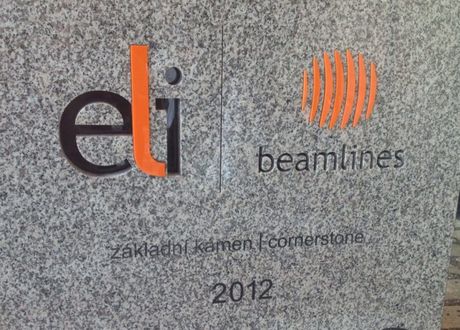 |
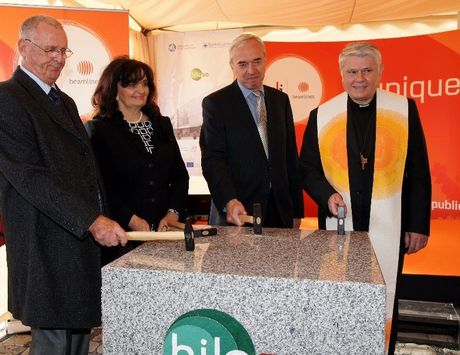 |
2013 Construction of the HiLASE Centre building
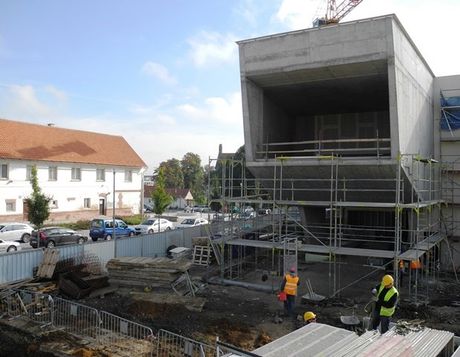
2013 End of the preparatory phase and beginning of the construction phase of the ELI Beamlines building
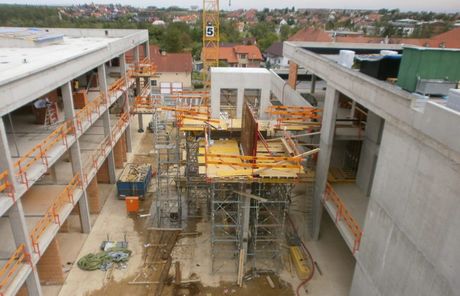
2014 and 2015 Grand Opening Ceremony of HiLASE Centre building and ELI Beamlines centre
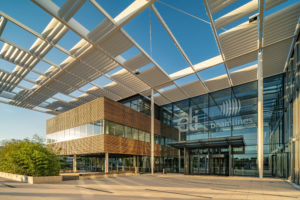 |
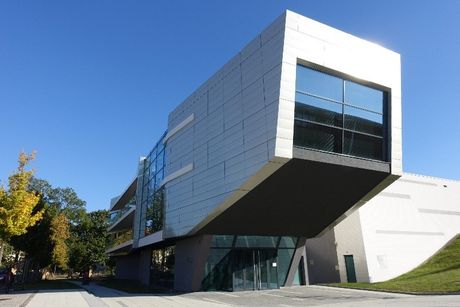 |
2016 Installation of laser BIVOJ system in HiLASE
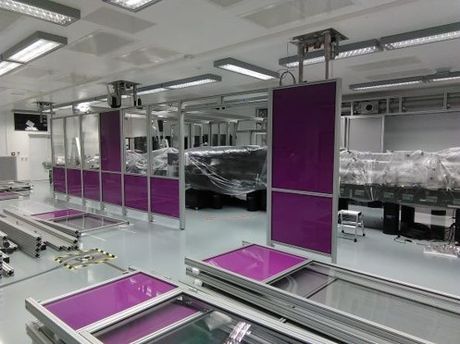
2016 A world record achieved on the BIVOJ laser in HiLASE (the device was named after the famous strongman from Czech myths and legends, Bivoj)
2017 The vacuum chamber P3, the biggest vacuum chamber for civilian use, came to ELI Beamlines.
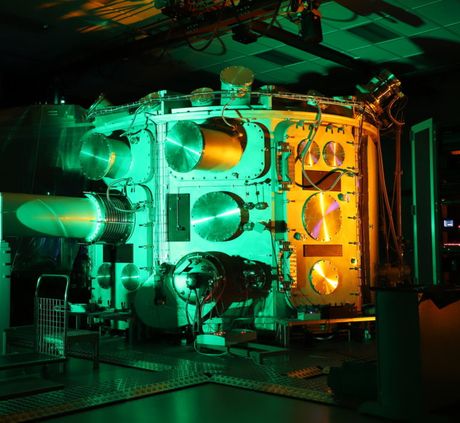
2018 The First Shot of L3-HAPLS laser in ELI Beamlines
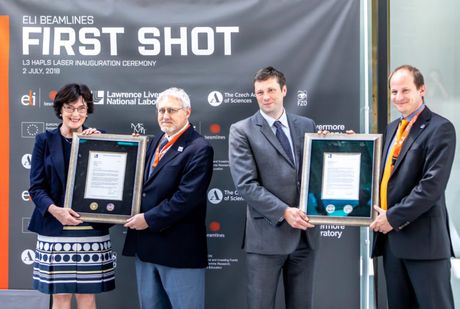
2019 The laser system L1-Allegra at ELI Beamlines fully used for user experiments
2021 Laser system L3-HAPLS in ELI Beamlines achieved a world record.
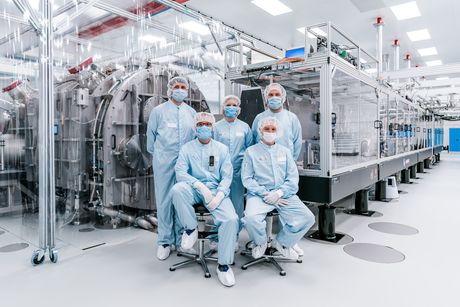
2021 HiLASE broke 3 world records: on BIVOJ, in the speed production of laser-induced periodic nanostructures, and in multibeam laser nanostructuring, both on PERLA laser system
World leaders in laser technology
Untill now, both centres have had slightly different focus.
ELI Beamlines aims to operate the world's most intense laser system. It offers its users a unique source of radiation and rays of accelerated particles. These beamlines enable pioneering research not only in physics and material science, but also in biomedicine and laboratory astrophysics, and many other fields.
“This year marks the 10-year anniversary of the official approval of the ELI Beamlines project in the Czech Republic. It was the beginning of a long and creative period, which brought along many fundamental challenges not only in the field of science, but also in architecture and construction,” says Roman Hvězda, the head of ELI Beamlines.
HiLASE Centre technologies change established practices in a range of industries from optics, electronics and new materials to medical applications. HiLASE Centre helps companies to address their needs and challenges in an innovative way, using unique laser technologies. It offers the most powerful high-end technology for everyday industrial usage.
“The main achievement is that we have managed to develop and assemble lasers that are unique in the world, that we use them successfully for applications and that they work reliably. This is exactly what our users and industrial partners appreciate the most," says Tomas Mocek, the head of the HiLASE centre, looking back on the past years.
Text: Eliška Zvolánková, Division of External Relations, CAS Centre of Administration and Operations
Photos: HiLASE; ELI Beamlines
Read also
- A trapped state: The pandemic impact on public attitudes, trust, and behavior
- Aerial archaeology: Tracing the footsteps of our ancestors from the sky
- Archaeologists uncover ancient finds along Prague Ring Road
- Our microbiome largely depends on what we eat, says microbiologist Michal Kraus
- The ABCs of writing: Why did its invention mark a turning point for humankind?
- We learn, remember, forget… What can memory actually do? And can we outsmart it?
- New Center for Electron Microscopy in Brno opens its doors to global science
- The hidden lives of waste: What can we learn from waste workers and pickers?
- A unique lab is hidden right beneath Prague’s Vítkov Hill
- Renewables are a strategic investment in European security, scientists say
The Czech Academy of Sciences (the CAS)
The mission of the CAS
The primary mission of the CAS is to conduct research in a broad spectrum of natural, technical and social sciences as well as humanities. This research aims to advance progress of scientific knowledge at the international level, considering, however, the specific needs of the Czech society and the national culture.
President of the CAS
Prof. Eva Zažímalová has started her second term of office in May 2021. She is a respected scientist, and a Professor of Plant Anatomy and Physiology.
She is also a part of GCSA of the EU.